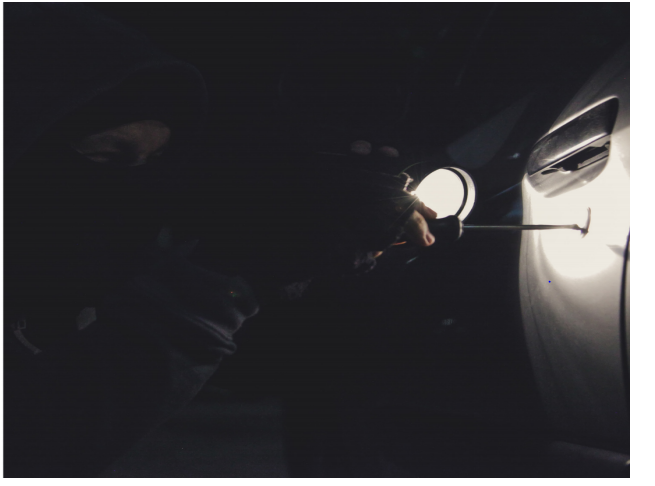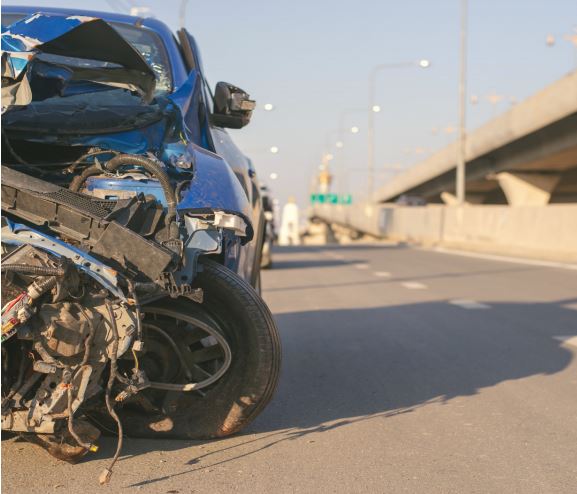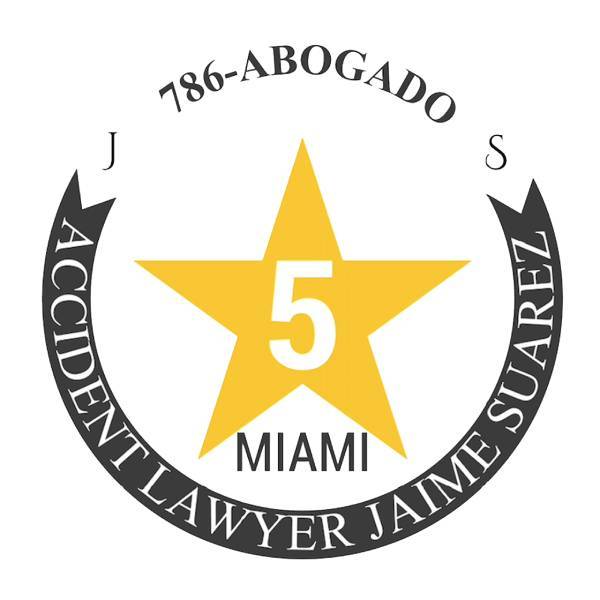
When Two Companies Are Involved in a Car Accident: What It Means for Your Injury Claim
If you’ve been involved in a car accident that includes commercial vehicles—like work trucks, delivery vans, or vehicles used by two separate companies—your case may be more complicated than it first appears. A lot of people don’t realize how many companies can be tied up in a single crash. And what happens between those companies, legally speaking, can have a direct impact on how—and when—you get compensated.
One of the main issues that comes up in these types of cases is something called indemnification. It’s a behind-the-scenes legal concept, but it can shape the entire path of your case.
What Is Indemnification?
In plain terms, indemnification is when one company agrees to cover the financial losses of another. This usually comes up because of a contract between them. One party is saying, “If we get sued because of something you did, you’re going to reimburse us for it.”
It shows up often in trucking accidents, delivery services, rideshare setups, and even construction or maintenance vehicles. For example, let’s say Company A owns a van, but Company B supplies the driver under a subcontract. The driver causes the crash. Now the injured party—you—can sue both A and B. But behind the curtain, those two companies are now having a conversation (or a legal fight) about who should really pay for what.
Why Does That Matter If You’re the One Who Was Hurt?
The biggest reason it matters is this: it can affect the speed and size of your settlement.
When companies start pointing fingers at each other, they often delay accepting fault. One may try to wait the other out, thinking the other’s insurer should pay first. This can slow everything down.
It can also lead to lowball offers. One company may offer you a small amount just to move things along, while quietly planning to shift the cost to the other later. If you don’t know what’s going on behind the scenes, you might accept a settlement far below the full value of your claim.
Having a lawyer who knows how to untangle this kind of situation can make a major difference. These corporate disputes aren’t your responsibility—but they can directly affect your outcome.
A Common Example
Picture this. You’re hit by a utility van while driving home. The driver says he’s on the clock for a local contractor. Turns out, the van belongs to a national service company, but the driver is technically employed by a regional subcontractor.
Now you’ve got two companies, two insurance policies, and possibly two different stories about who’s really responsible.
Company A says they just own the vehicle but don’t manage the driver. Company B says the driver is a contractor, not an employee. Neither wants to take the blame. Meanwhile, your car is totaled, and your back injury is getting worse.
This is exactly the type of case where indemnification comes into play. And if the companies involved have a contract that defines who’s responsible for what, it could change everything about how your case moves forward.
What Does an Attorney Do in This Situation?
My job is to find out who had control over the driver, what contracts were in place between the companies, and what insurance coverage applies. That includes requesting the agreements between the companies, looking into insurance exclusions, and making sure we push every party to the table.
Sometimes, indemnity clauses in contracts require one company to fully cover the losses of the other—including your damages. That means we can use that pressure to push for a faster settlement from the deeper-pocketed party.
Other times, both companies may be partially at fault, and the law will divide responsibility between them. That doesn’t change the fact that you deserve to be made whole—it just changes how that compensation gets split up behind the scenes.
Insurance Policies and Layered Coverage
Another big piece of this is how insurance policies stack. If Company A has a $1 million policy and Company B only has $250,000 in coverage, and there’s an indemnity clause that puts full responsibility on B, they may try to cap your recovery at that lower limit. We don’t let them.
Instead, we look for overlapping coverage, excess policies, and additional insured clauses. Sometimes we even involve both insurance carriers in negotiations at once, because neither wants to be on the hook for trial expenses. That kind of leverage helps drive up the value of your claim.

Delays and Tactics to Watch Out For
One thing we see in these cases is strategic delay. One company might refuse to engage in settlement talks until its indemnification rights are clear. They may even file a cross-claim against the other company. And during that time, your medical bills keep adding up.
This is where legal strategy becomes important. I don’t wait around for them to sort it out. I’ll often file against both companies at the same time and let them hash out liability between themselves—while keeping the focus on getting your case resolved.
It’s about knowing how to apply pressure, when to mediate, and when to prepare for trial.
What You Should Know as the Injured Plaintiff
You don’t need to know all the legal language. But there are a few takeaways that can help you feel more confident about your case:
- If two companies are involved, there is usually more than one insurance policy that can help pay for your injuries.
- These companies may argue about fault, but that doesn’t mean you can’t recover. It just means the fight is more complicated.
- The existence of indemnification clauses can actually help your case if used strategically.
You should never accept a settlement without knowing the full picture—especially if multiple businesses or insurers are involved.
Final Thoughts
Getting hurt in a car accident is stressful enough. You shouldn’t have to worry about contracts between companies or who’s blaming who. But the reality is, when business vehicles are involved, it adds a layer of legal complexity that can change everything about how your case plays out.
That’s why it’s important to have a lawyer who not only understands injury law—but also understands how companies shift liability behind the scenes.
If you’re facing a situation like this and you’re not sure what your options are, call Jaime “Mr. 786 Abogado” Suarez today to Get You Paid!





